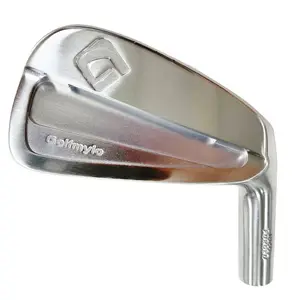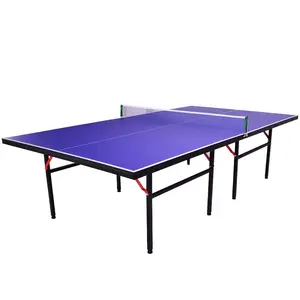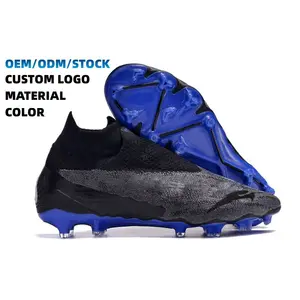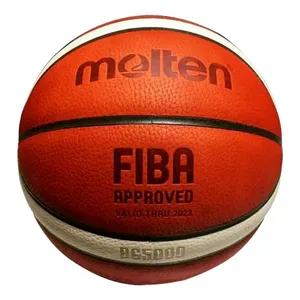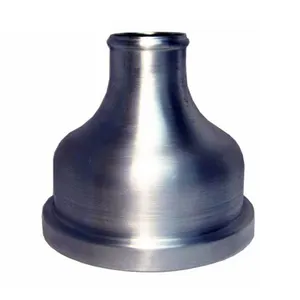Popular in your industry
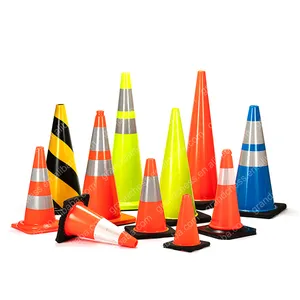






































































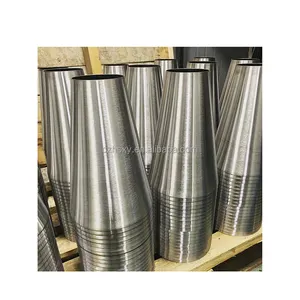













































































































Top categories
About deep draw cone
Understanding Deep Draw Cone Manufacturing
The process of creating deep draw cones is a specialized area of metal forming, involving the stretching of a sheet metal blank into a conical shape. This technique is utilized across various industries, from automotive to aerospace, for its ability to produce seamless, high-strength components. The deep drawing process is particularly advantageous for creating parts that require a significant depth compared to their diameter.
Types and Materials
There are multiple types of deep draw cones, each tailored to specific applications and stress requirements. Materials commonly used in their production include stainless steel, aluminum, and copper, each selected for its unique properties such as corrosion resistance, strength-to-weight ratio, and electrical conductivity. The choice of material significantly impacts the cone's performance in its final application.
Applications and Features
Deep draw cone components are integral to many mechanical systems. Their applications range from funneling fluids in industrial machinery to acting as megaphones in audio equipment. The deep drawing process ensures features such as uniform wall thickness and enhanced structural integrity, which are critical in high-performance and safety-critical applications.
Advantages of Deep Drawn Cones
The advantages of deep draw cone manufacturing include the ability to produce complex shapes with minimal material waste, consistent quality, and a high degree of dimensional accuracy. This method is also known for its efficiency in high-volume production runs, making it a cost-effective solution for many businesses.
Selection Considerations
When sourcing deep draw cones, it is essential to consider the material's compatibility with the intended use, the cone's dimensions, and the required tolerances. These factors will influence the component's performance and longevity in its operational environment.
Environmental and Sustainability Aspects
Sustainability is increasingly important in manufacturing, and the production of deep draw cones is no exception. The process is designed to minimize scrap, and the materials used are often recyclable, contributing to a more environmentally friendly manufacturing cycle.
